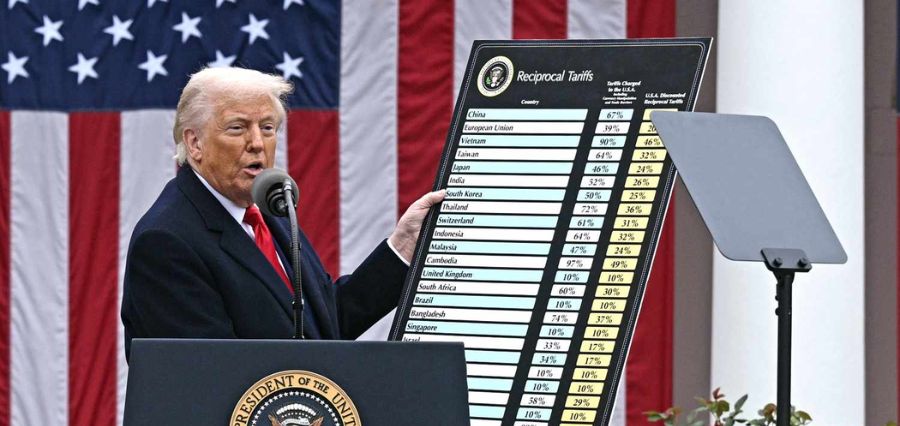Prime Highlights
- Donald Trump will begin informing countries of new U.S. tariffs as early as Friday.
- The move comes ahead of a make-or-break July 9 deadline, signaling the shift away from bilateral deals and towards imposing tariffs directly.
Key Facts
- Around 10–12 countries will receive formal tariff letters initially.
- Tariffs range from a minimum 10% to as high as 60–70%, depending on trade reciprocity.
Key Background
President Donald Trump’s tariff plan has dominated global trade discourse since April 2025, when he introduced what he referred to as “Liberation Day” tariffs. They included an across-the-board tariff of 10% on all imports from non-trade agreement nations as well as extra “reciprocal” tariffs on roughly 60 countries. While the tariffs were initially announced months ago, Trump kept them from being fully introduced until July 9, providing countries with a grace period to sign trade deals with the U.S.
With only a handful of trade deals signed, the administration has opted to go ahead with informing countries directly through formal letters. Instead of negotiating separate deals with every nation, the U.S. will now formally notify every country of the specific tariffs it has been applied against. Trump affirmed that the process would start on Friday with the first set of letters being dispatched to 10 to 12 countries, and then to others over the next few days.
So far, only a handful of nations—like the UK, Vietnam, and China—have succeeded in fixing tariff agreements. The UK has a 10% tariff on automobiles capped at 100,000 units, Vietnam accepted 20%, and China negotiated some reliefs with mutual trade benefits. Major economies like Japan, India, Canada, and the European Union are yet to finalize terms, leaving their exporters in the dark.
U.S. Treasury Secretary Scott Bessent stated that the about 100 nations will fall under the normal 10% tariff, and nations which have massive trade deficits will be subjected to retaliatory tariffs up to 50–60%. Nations not reacting or negotiating by the Aug. 1 enforcement deadline will fall under these new rates. Although the July 9 deadline is near, foreign markets and other governments are anxiously waiting to see what Washington will do next, anticipating the economic shock waves of this aggressive trade action.





